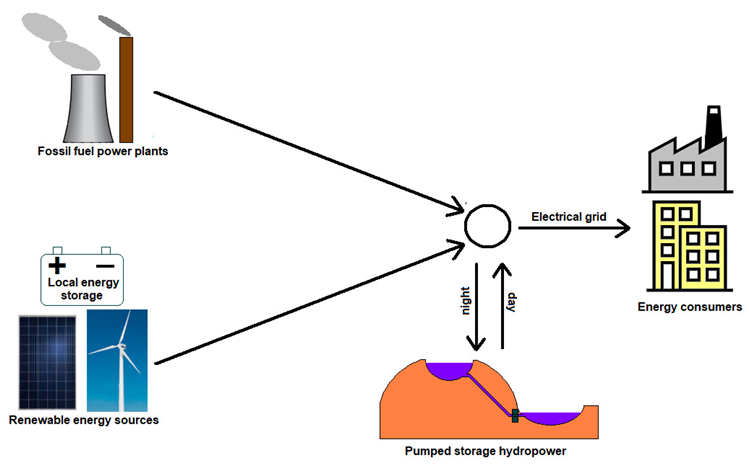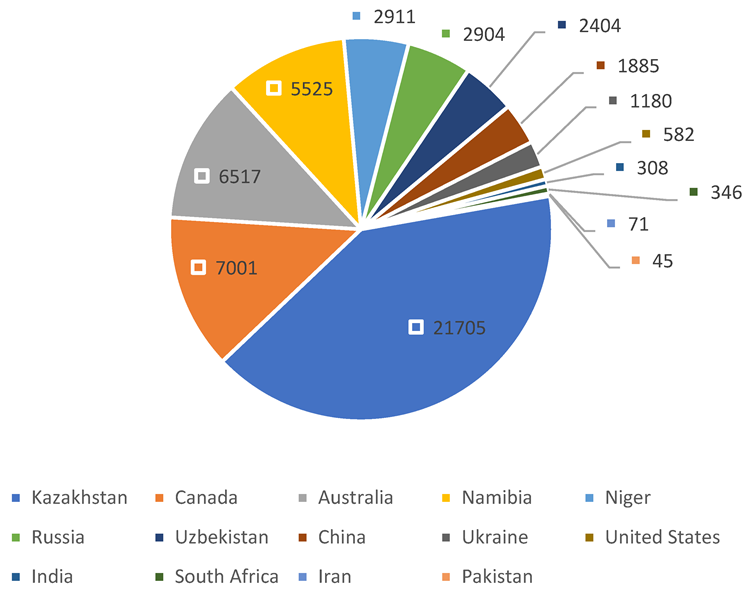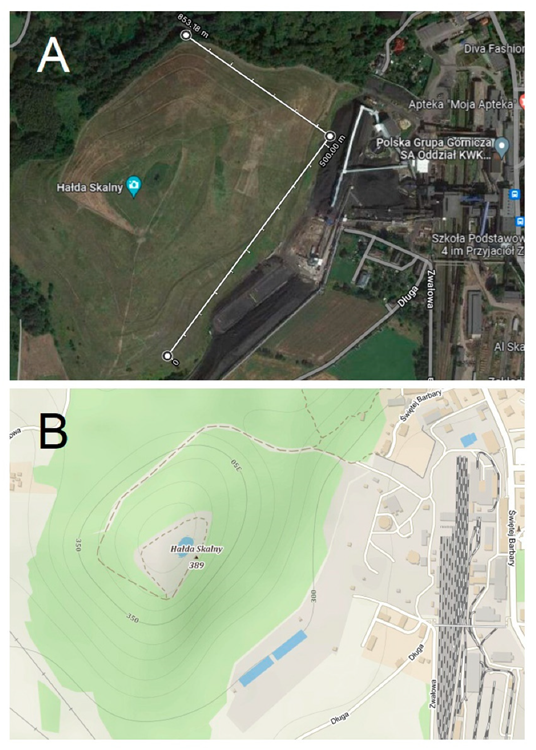A paper recently published in the journal Energies demonstrated the feasibility of building a hypothetical large solar farm as the only source of power in a small/medium country to replace conventional fossil fuel-based power generation sources.

Study: Solar Farms as the Only Power Source for the Entire Country. Image Credit: Diyana Dimitrova/Shutterstock.com
Background
The recent energy crisis caused by the higher demand for energy due to post-pandemic economic recovery and a complex geopolitical situation has accelerated the transition toward renewable energy sources to ensure energy security. Currently, several countries in Europe are facing a severe energy crisis.
Although large solar farms can be used as an alternative to traditional fossil fuel-based energy sources, the capacity of such farms to generate and supply the total power annually consumed by an entire medium- or small-sized country must be evaluated to determine their commercial viability and long-term sustainability.
For instance, the surface area required to build one or several solar farms that can supply the power annually consumed by countries must be determined to assess the feasibility of large solar farms.
A large solar farm/several large farms are suitable for Poland, a country where the energy market is dominated by coal-fired plants that will be decommissioned in the near future. Silesia, one of the most industrialized regions with the highest population density in Poland, is specifically attractive for the construction of large solar farms, as the region has several post-industrial areas.

Structure of the actual electrical energy market in Poland. Currently operating energy storage facilities only allow for the daily balancing of the electricity market, own elaboration. Image Credit: Manowska, A et al., Energies
The high-voltage power grid and transformer stations that exist in the post-industrial areas can be readily integrated with the electrical power system, which makes these areas attractive as solar farm sites.
Silesia has several closed coal mines and waste heaps, metallurgical waste heaps, and extensive underground wastelands. These heaps can be utilized to build solar farms, while the closed mines can be used to construct underground hydrogen tanks to store energy.
Additionally, the location is also suitable to build solar farms as it is a short distance from urban agglomeration, industries, and large factories, the biggest consumers of power. Thus, solar farm construction in Silesia will be most profitable compared to other regions of Poland.
The total installed power capacity of PV sources are rarely available as the power generation depends on the season, cloudiness on a particular day, and temperature. Thus, the generated PV power cannot be programmed for more than a week forward in time owing to the long-term unpredictability of the weather forecast. Thus, a solar farm-based energy market will require the construction of huge energy storage facilities.
The Study
In this study, researchers determined the total installed power capacity required in a hypothetical large solar/PV farm, composed of either a single large farm or several large farms, that would be the only source of electricity for Poland. Researchers also determined the PV surface area and performed a comparison of that area with the total post-industrial degraded area in Poland.
Specific PV output power (PVOUT) was selected as the fundamental parameter to determine the amount of annual electricity generation by a PV farm. PVOUT can vary significantly depending on the region and climatic factors. In Poland, the PVOUT value was measured between 1030 kWh/kWp and 1140 kWh/kWp in different parts of the country.
Temperature also affected the PV efficiency as it reduced at a high operating temperature due to the reduction in the PV threshold voltage. This phenomenon can significantly influence the PV efficiency in central Europe as the region experienced a hotter summer in the past decade. The PV efficiency can be increased by cooling the PV panels using heat sinks or water.

Uranium reserves in the world, Mg, own elaboration. Image Credit: Manowska, A et al., Energies
Poland lacked favorable locations for the construction of pumped storage hydropower (PSH) plants to store the energy generated by PV farms. Moreover, the highest power consumption in the country was observed during the winter season, a period when power generation by solar farms was typically low, which necessitated the construction of large energy storage facilities depending on the annual energy consumption.
Practically, the proposed hypothetical solar farm would be implemented as several solar farms located in the post-industrial areas in different regions of the country, specifically in Silesia. Coal waste heaps were identified as suitable locations for solar farms due to the good average slope tangent.
For instance, the average inclination angle of PV panels on the “Hałda Skalny” heap was 16o, which was close to the optimal PV panel inclination angle value of 35o to the horizon. Although the surface area of the coal waste heaps was insufficient to build the required number of PV farms, post-industrial areas, such as areas left after the closure of coal mines, can be developed to build solar farms.
Observations
The installed power must be higher than the average power consumption (Pave) in a country, as several power generation facilities can be kept in reserve or under service. The Pave and the installed power of Poland were 19.4 GW and 50 GW, respectively.
Although the installed power was 2.6 times higher than Pave, it was sufficient only when the power was supplied by coal-fired power plants on an ongoing basis. However, the installed power must be significantly higher than Pave in the case of PV farms.
A significant amount of the electricity would be generated only for a few hours in a day when farms will supply the electric grid and charge the energy storage simultaneously. Most of the energy generated by solar farms was stored before consumption, which led to a considerable reduction in energy storage efficiency due to energy losses during storage in modern lithium-ion batteries and inverters.
Additionally, energy losses also occurred in the power supply system, such as in step-up transformers. Thus, the generated energy annually required for Poland when electricity would be supplied only from PV farms was calculated as 283.3 TWh, while the peak power generated in the PV farms would be 283.3 GW.
The installed power in solar farms must be higher than the generated power to ensure electrical system stability in Poland. Thus, the total installed capacity of the hypothetical solar farm that can supply power to the entirety of Poland was calculated to be 340 GW, which was almost 6.8 times higher than the currently installed capacity of 50 GW.
A 340 GW solar farm would require a large area. Considering the 15% energy efficiency of PV panels with inverters, a 6.7 m2 surface area is required by these panels to generate one kW of electrical power at 1000 W/m2 solar irradiance. Thus, the total surface area of all solar panels in the proposed solar farm was calculated as 2584 km2.

Map of “Hałda Skalny” coal waste heaps (Łaziska Górne, Silesia, Poland). (A)—satellite view (source: Google Maps), (B)—topographic view (source: openstreetmap.org, Open Database License). Image Credit: Manowska, A et al., Energies
However, the total area of several solar farms would be larger than the total surface area of the PV panels, as the optimal inclination angle of PV panels must be maintained to generate electricity.
Researchers concluded that the surface area of the proposed solar farm must be 2.5 times larger than the surface area of PV panels after considering the incidence angle of sun rays during various months of the year in Central Europe. Poland, with 8000 km2 of post-industrial degraded area, can easily construct solar farms.
Large energy storage was essential to store the solar farm-generated energy and maintain an uninterrupted power supply. Closed coal mines with 100-300 km long tunnels and a very large underground volume of more than 0.2 km3 were identified as effective locations for large energy storage. Moreover, these coal mines undergo minor changes in temperature throughout the year and every 24 h, providing stable and excellent conditions for all types of batteries and building underground hydrogen storage facilities.
Conclusion
In Central Europe, specifically in Poland, a large solar farm with tens of megawatts capacity can be built in a closed, average-sized coal mine. However, the implementation of such solar farms in Poland or other similar countries will require several years. Thus, the construction of nuclear power plants is currently under consideration in Poland.
The cost estimation of building such hypothetical solar farms and energy storage in Europe is now impossible as the prices of key construction materials have risen significantly due to the difficult geopolitical situation in Europe. However, several factors indicate that the construction and operational costs of such solar farms will be slightly lower than the costs of nuclear power plants, which make them commercially viable in the long term.
Disclaimer: The views expressed here are those of the author expressed in their private capacity and do not necessarily represent the views of AZoM.com Limited T/A AZoNetwork the owner and operator of this website. This disclaimer forms part of the Terms and conditions of use of this website.
Source:
Manowska, A., Nowrot, A. Solar Farms as the Only Power Source for the Entire Country. Energies 2022. https://www.mdpi.com/1996-1073/15/14/5297